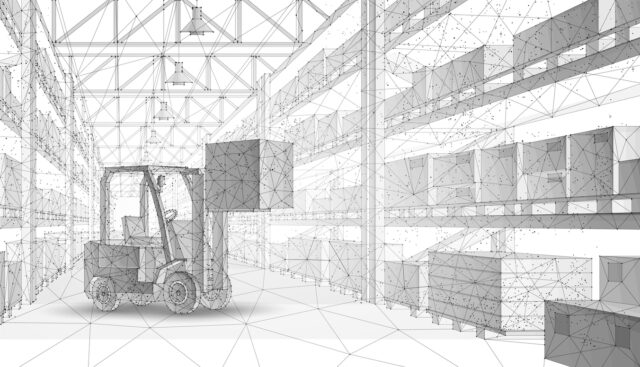More than anything, the global supply chain industry craves consistency, predictability, and security. In a recent survey of supply chain leaders, Gartner found that just 9% of respondents expected to achieve revenue gains due to uncertainty, and 63% of respondents expected a loss of revenue due to exposure to uncertainty.
In a climate defined by disruption and uncertainty, automation could provide the resilience that supply chains need to overcome challenging market conditions.
A market defined by disruption and rising costs,
Supply chains face a complex and challenging geopolitical and economic outlook. Additionally, long-overdue labour organising efforts in markets traditionally hostile to unions like the US are starting to gain traction.
“In recent years, labour rates have accelerated beyond what you might have expected,” Mark Richardson, chief executive officer of Ocado Intelligent Automation, complained in a recent interview with Supply Chain Brain.
“Over the last three to six years, the workforce that you want to employ in your logistics facility has just become much, much more expensive. I don’t see any end to that trend, and it results in a significant problem for those of us who need to run large logistics operations. And not only is the labour rate increasing, the number of people who want to do logistics work is decreasing,” he said.
Increasingly, supply chain leaders are turning to automation to combat the economic pressures and uncertainty they face.
Automation grows in the supply chain
Supply chain automation has the potential to improve operational efficiency by reducing human error and speeding up clumsy manual processes. Automation in the supply chain can encompass several technologies, including digital process automation, robotic process automation, artificial intelligence, and machine learning.
While most supply chains have developed pockets of digitalisation over the last decade or more, it’s not uncommon for these areas of the supply chain to be siloed from one another. One of the key benefits of automating supply chain processes is the connective tissue that automation solutions create between different areas of the supply chain.
Supply chains are going to continue to implement new digital tools, so having an automation layer in place will be highly beneficial in ensuring those layers can seamlessly interconnect.
Currently, many supply chains are not integrated and optimised for a fully digital workflow. Even those that are frequently struggle with a lack of digitalisation in their supplier ecosystem.
Essential processes still frequently rely on humans extracting, inputting, and sharing data via spreadsheets, PDFs and emails. Without automation and AI-powered tools, many ERP systems lack the ability to automatically incorporate data from disparate and legacy formats. This means that manual data entry is still a significant part of the supply chain professional’s job.
The upshot is that, not only are supply chain professionals often performing repetitive, easily automated tasks by hand, but these are the kinds of tasks that most easily lend themselves to human error, often with costly results.
“Supply chain automation is a transformative force. It’s revolutionising the way businesses operate, offering numerous benefits, including enhanced efficiency, cost savings, improved customer service, and a positive impact on sustainability,” notes a spokesperson for GEP.
- AI in Supply Chain
- Digital Supply Chain










